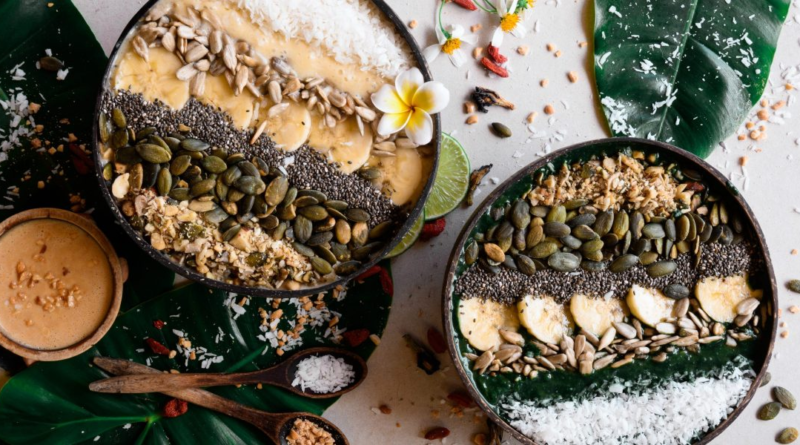Chia seeds aren't just a superfood—researchers say they could help combat world hunger and climate change
It’s long been known that chia seeds are a “superfood”—and new research provides even more reasons to back the assertion.
Scientists at Oregon State University recently sequenced the chia genome, as detailed in a paper published Wednesday in Frontiers in Plant Science. The team wasn’t the first to do so. But it was the first to take a deep dive into the genetics behind the crop’s nutritional properties—and make a case for why chia seeds may be one solution to the world’s hunger and nutrition crisis, in addition to climate change.
What are the health benefits of chia seeds?
Chia seeds are tiny and round, and come in colors like black, brown, and white. They’re a member of the mint family, and related to rosemary and scarlet sage, among other herbs.
Like its genetic relatives, chia seeds known to offer a wealth of nutritional benefits. They’re high in fiber and contain healthy fats and protein. What’s more, their flavor is mild, making them an easy add to many well-loved dishes like smoothies, yogurt, oatmeal, pancakes, and granola bars.
But the tiny speckled seeds offer more than a simple nutrient boost. Among their near-medicinal properties—thanks to their polyunsaturated fatty acids, protein, and fiber, in particular—according to researchers at Oregon State:
- Improved heart health and cholesterol
- Anti-cancer properties
- Anti-inflammatory properties
- Antimicrobial properties
- Antioxidant properties
And there’s more. Additional health benefits of chia seeds, thanks to the generous helping of fiber they contain, include:
- Improved intestinal health
- Weight loss
- Decreased risk of developing diabetes
The vast potential of chia
So far, researchers looking to genetically optimize crops have mainly focused on cereals like rice, wheat, maize, and millets; small grains; legumes; oilseed; and tuber crops. While systemic breeding has mitigated global starvation and saved millions of lives, “the hidden issue of hunger or malnutrition remains,” the paper’s authors wrote.
That means researchers must next turn to the improvement of “minor” or “orphan” crops like chia, cassava, yam, small grains, and pulses, they contend. During the study, scientists were able to locate genetic markers associated with the grain’s nutritional properties. Those wanting to create nutritionally improved chia seeds can use the list as a starting point for their research.
“We are at the point where long-term food and nutrition security requires diversifying the human diet by breeding and making genetic improvement to nutrient-rich, so-called ‘minor crops’ like chia,” Sushma Naithani, an associate professor in the university’s Department of Botany and Plant Pathology, said in a news release about the study.
More good news: The ability of chia to grow in marginal lands helps mitigate the threat posed by global climate change, researchers wrote. They hope to bring chia farming to Oregon, where climate conditions are similar to those in South America, where chia is primarily grown. Already, researchers at the University of Kentucky are leading the charge for chia development in the state.
“This research opens up possibilities for scientists to study chia seed through the lens of improving human health, while at the same time continuing to further our knowledge of all the nutritional benefits of chia,” Pankaj Jaiswal, a professor at Oregon State University’s Department of Botany and Plant Pathology, said in the release.




